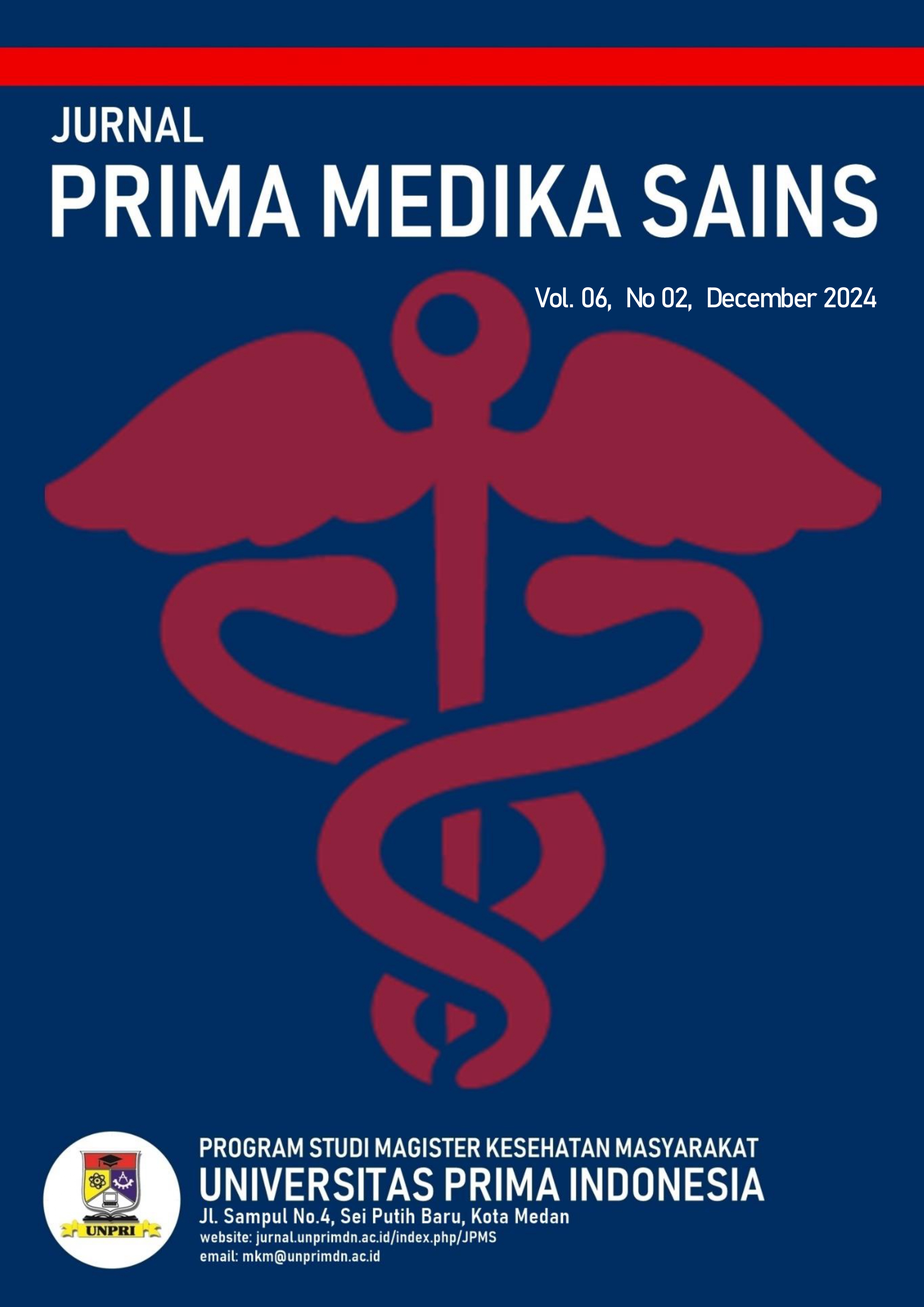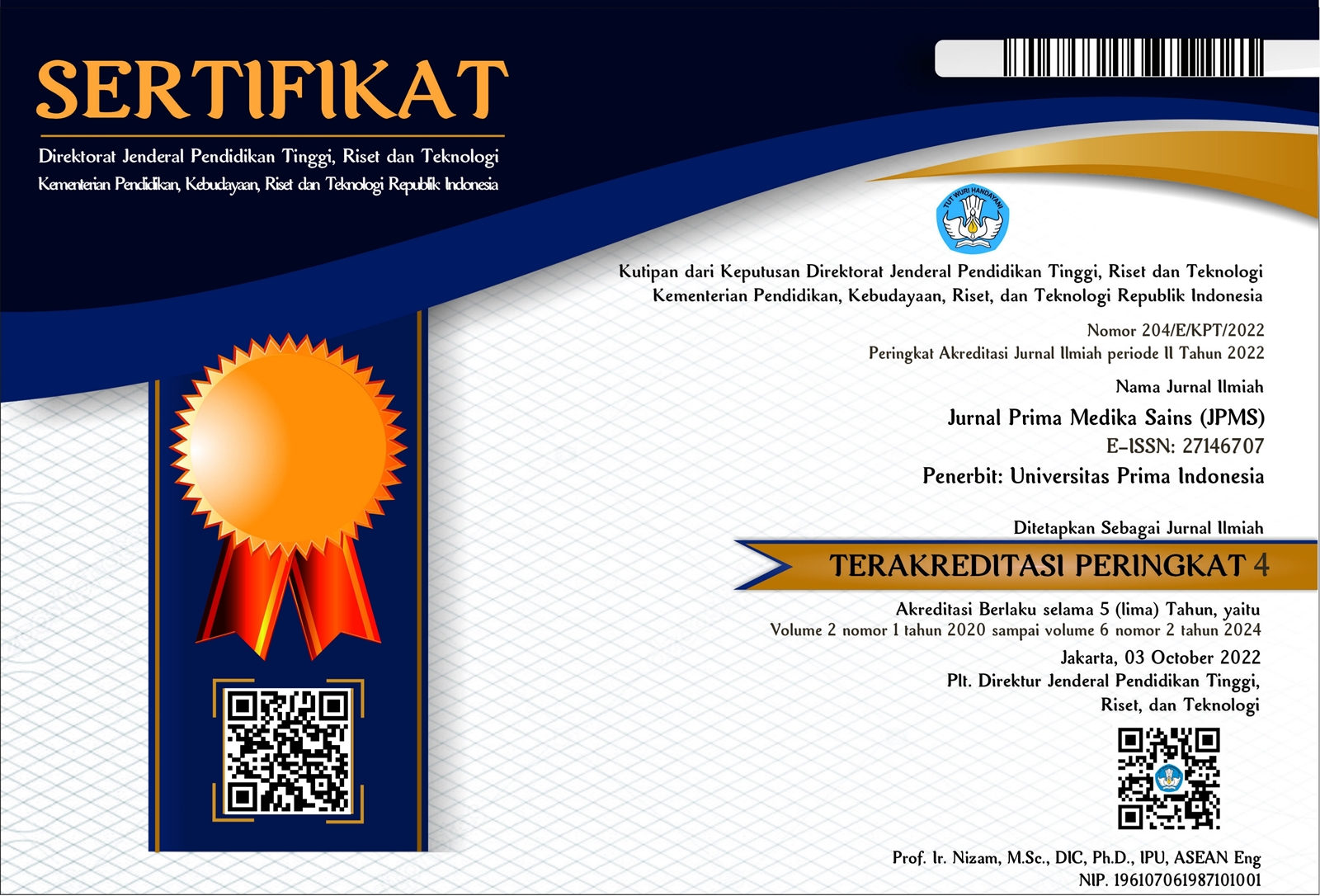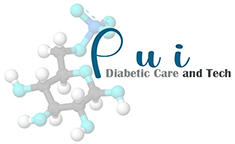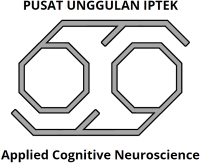Pathogenesis and management of sepsis patients with disseminated intravascular coagulation
DOI:
https://doi.org/10.34012/jpms.v6i2.6261Keywords:
disseminated intravascular coagulation, pathogenesis, sepsisAbstract
Sepsis is a life-threatening organ dysfunction caused by dysregulation of the body's response to infection, and is one of the leading causes of death in intensive care units. In sepsis, the systemic inflammatory reaction that occurs activates the coagulation system and increases the consumption of clotting factors, leading to a serious complication of coagulopathy known as disseminated intravascular coagulation (DIC). DIC is a clinicopathological syndrome that is a complication of various diseases characterized by the activation of systemic blood coagulation and intravascular fibrin production, which can cause thrombosis of small- and medium-sized blood vessels and can even cause organ function failure along with the consumption of platelets and coagulation factors, resulting in a clinical picture of bleeding. In 35% of severe sepsis cases, and in shock sepsis DIC causes high mortality, which is associated with increased severity of illness and serious organ failure with poor outcomes. This article aims to summarize the evolving understanding of DIC pathogenesis in patients with sepsis and its implications for current and future management strategies.
Downloads
Published
How to Cite
Issue
Section
License
Copyright (c) 2024 Olivia Des Vinca Albahana Napitupulu, Dhany Budipratama

This work is licensed under a Creative Commons Attribution 4.0 International License.






